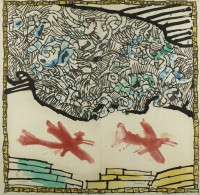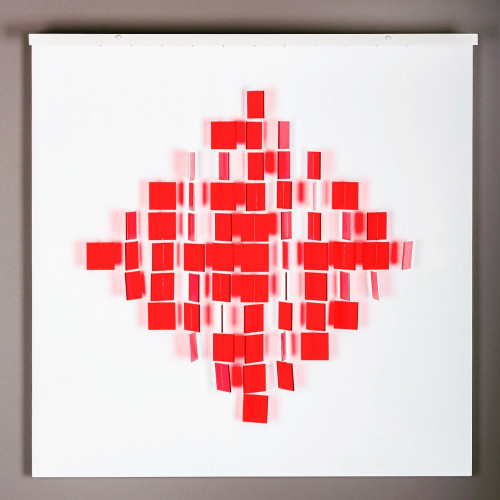By Emilia Novak
Printmaking, an ancient and evolving form of artistic expression, has shaped the history of art in significant ways. From the earliest woodcuts to the more refined techniques of lithography, printmaking has allowed artists to reproduce images, spread ideas, and democratize access to art. By enabling the creation of multiple copies, printmaking offered a way to distribute works far beyond the confines of a single canvas or fresco, fundamentally changing how art was consumed. This article will explore the development of printmaking, focusing on the technical innovations and artistic milestones of woodcut, etching, engraving, and lithography. We will also examine how contemporary artists continue to push the boundaries of this versatile medium.
The Origins of Woodcut Printmaking
The art of printmaking began in East Asia as early as the 9th century, with woodcut serving as one of the earliest methods. Woodcut printing involves carving an image into a block of wood, applying ink to the raised surface, and pressing paper against it to transfer the image. This method enabled the mass production of images, texts, and designs. In China, woodcuts were used to print texts, such as Buddhist sutras, while in Japan, the technique flourished in the Edo period (1603–1868) with ukiyo-e prints depicting landscapes, theater actors, and courtesans.
Javacheff Christo
Puerta De Alcalá, Wrapped; Project For Madrid, 1981
Limited Edition Print
Lithograph
EUR 8,400
David Hockney
The Blue Guitar: Title Page, 1976-77
Limited Edition Print
Etching And Aquatint
USD 3,000
Artist In Focus

Frank Stella
Frank Stella was an American painter and printmaker, known for his mark in Minimalism and Post-painterly abstraction. Frank Stella began earning recognition in 1959 for his series of black striped paintings that changed the face of Abstract Expressionism. He went on to master increasingly complicated work that followed a steady progression. Frank Stella has created large-scale sculptures - freestanding and architectural - as well as other difficult works. Frank Stella ‘s experimentation has made
» Read More
Manolo Valdés
In a sense the object of Manolo Valdes’ art was to rebel against the dominance of the European Informel School. This gesture demonstrates the continuous evolution of the visual arts, as one movement succeeds the previous one. The works of Manolo Valdes are also known for their references to historical art works; as such they showcase references from Picasso, Matisse, Goya and Greek history, among others. The artist began his studies in 1956 at the San Marcos Academy of Fine Arts but did not stay
» Read MoreIN FOCUS
The Art of Printmaking: From Woodcuts to Lithographs
By Emilia Novak
Printmaking, an ancient and evolving form of artistic expression, has shaped the history of art in significant ways. From the earliest woodcuts to the more refined techniques of lithography, printmakin




























































































































